Federal office building converted to new homes in Belleville
June 14, 2024
AT A GLANCE
- Two friends with complementary skills and expertise teamed up to increase housing opportunities for Indigenous People in Belleville.
- The Federal Lands Initiative facilitated the conversion of a former federal service building into 38 housing units.
- The new housing development is owned and operated by 3 First Nations partners. It represents an unprecedented collaboration and opportunity for the communities to create multi-generational sustainability and prosperity.
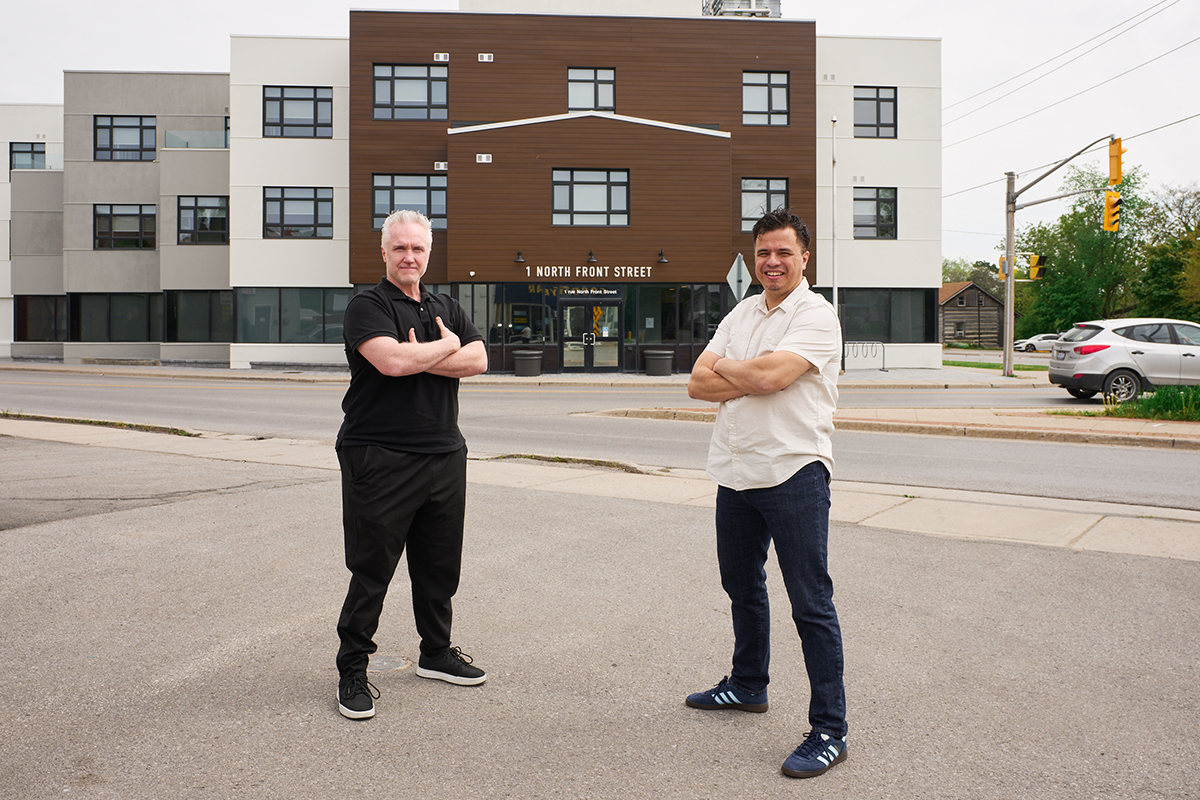
A hockey league, a mutual friend and a shared passion for solving Canada’s housing crisis. These are the elements that connected Rick Summers and Frank Horn.
Six years later, they are celebrating the opening of a unique housing project in Belleville, Ontario.
What began as an exploration of how to create more housing for Indigenous People living off-reserve in urban areas has resulted in the transformation of a former federal service building into 38 new housing units. They have also facilitated an unprecedented collaboration between 3 First Nations communities.
Like minds
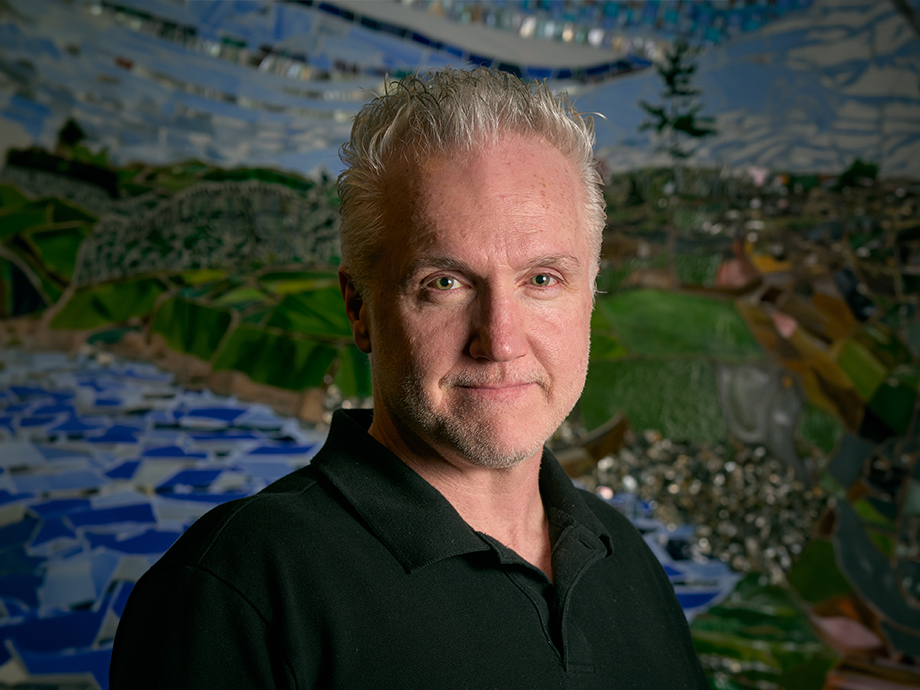
Summers & Co chief executive officer Rick Summers is no stranger to urban redevelopment. A strong believer that cities are judged primarily on the condition of their downtown core, Rick has spent close to 20 years fostering relationships with municipal stakeholders to help them realize their vision. This has resulted in the transformation of several historic buildings, including a former Oshawa hotel into an 86-unit mixed use development and a Peterborough building into 37 loft apartments with ground floor retail, among others.
When you do a new build, it can be up to 5 years before residents are able to move in…This project, from permitting to move-in, was completed in a year.
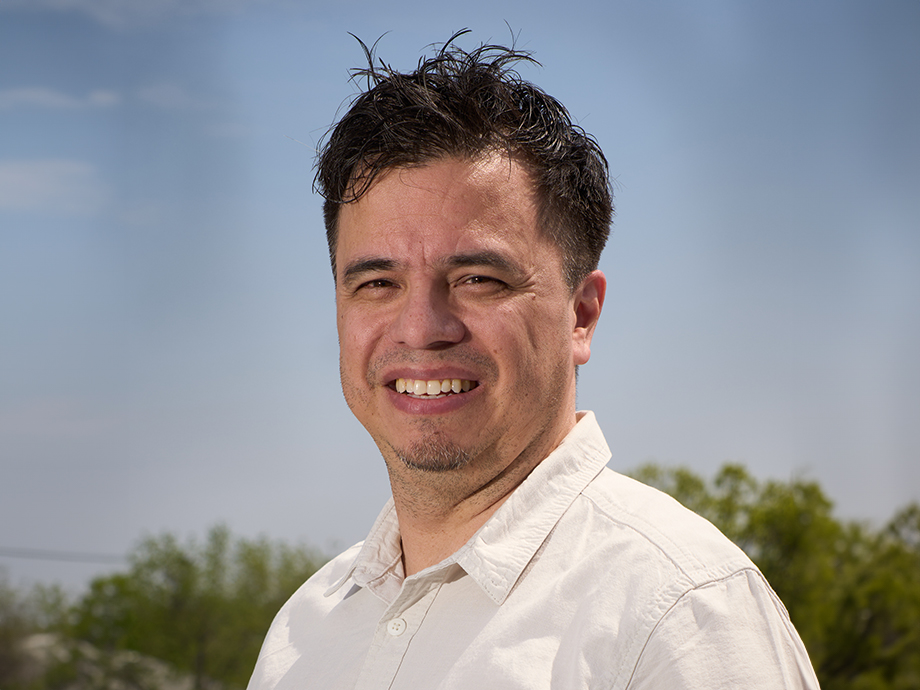
During the same period, Asennaienton Frank Horn was connecting Indigenous communities across Ontario with CMHC programs to help improve housing conditions on reserve. He saw first-hand the challenges communities are experiencing and developed a deep understanding of the housing issues that members face, both on and off-reserve. As principal, Indigi-Solutions Consulting, he continues to effect positive change for Indigenous communities across Turtle Island.
Having forged lasting relationships across the province Frank and Rick were looking to create a greater impact for urban Indigenous residents and recognized the possibilities of what they could achieve, together.
The right program, the right building, the right time
Around the time that Frank and Rick met, the Federal Lands Initiative was launched. The National Housing Strategy initiative provides federal land at discounted, to no, cost. The land, and any existing property, is then developed or renovated as affordable housing. As part of the land transfer, proponents agree to standards of affordability, sustainability, accessibility and social inclusivity.
Rick and Frank reviewed the list of available properties and began checking some of them out.
The property that stood out the most was a former Service Canada building in Belleville.
Built in 1990, Rick immediately saw its potential.
“It’s got great bones.”
Frank agreed, “It’s centrally located, there’s a lot of amenities and the building itself is fantastic.”
Core Housing Need in Belleville
- During the 2021 census, just over 53,000 Belleville residents were assessed for core housing need—9.8% fit the category.
- Of the Indigenous residents assessed, 14.8% were found to be in core housing need.
The clock ticks, history is made
The next step was finding a First Nations community interested in re-developing the Belleville property.
Frank reached out to the clients he thought might be open to the idea, “or at the very least, would take my call,” he laughs.
The community that expressed the most interest was Garden River First Nation. However, they felt it was too big to take on alone and so reached out to Missanabie Cree First Nation to explore a partnership. It was a fit.
As the clocked ticked down to the Federal Lands Initiative submission deadline, Frank responded to questions and concerns from both communities and began drafting a Letter of Intent.
“We were cutting it close,” he says.
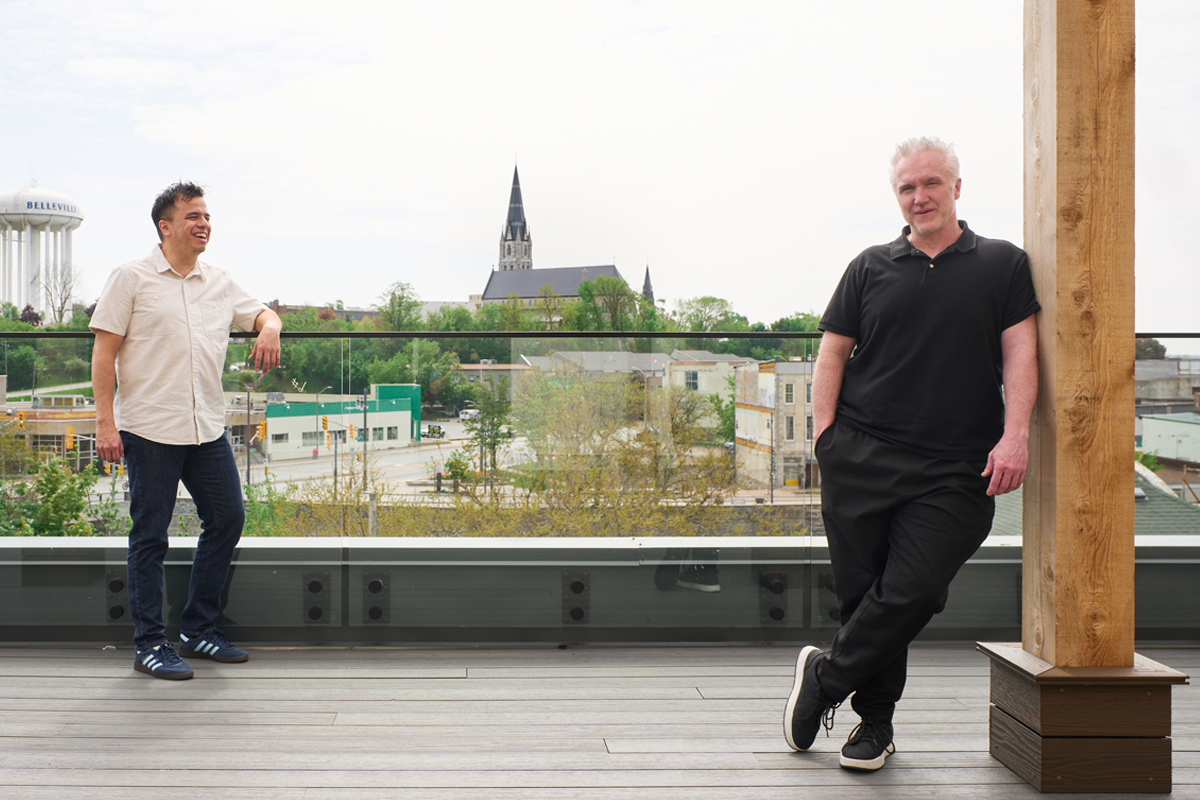
Both communities came back with one key concern.
“They said, ‘We’re not comfortable. We're Cree. We’re Ojibwe. And we're submitting an application for a beautiful property in Belleville, Ontario. That's Mohawk territory. If the Mohawks of Tyendinaga or Mohawks of Bay of Quinte are in, Frank, we're in.’”
Rick and Frank picked up the phone once more and pitched the idea to the Chief of Tyendinaga First Nation.
“They got it,” says Frank.
The final step was bringing all 3 communities together.
“We were about to embark on a partnership, and we needed to get to know each other,” he says.
Plus, while Frank had connections with all 3 communities, Rick was a relative newcomer to the group.
“But the story that kept us all together was the building and the partnership and the need to provide affordable housing. That was the glue for everything,” says Frank.
At the 11th hour, the Letter of Intent between the 3 communities was signed and Rick finalized the Federal Lands Initiative submission.
In approximately 6 weeks, history had been made.
The project is a unicorn. It's one of a kind from an Indigenous unity perspective. There's nothing like this out there.
Unprecedented partnership
“For a Mohawk, Cree and Ojibwe group and a non-Indigenous guy like Rick to partner together. It's unheard of,” says Frank.
The secret sauce is the story. “It's the partnership. The need. The vision.”
And the story didn’t end there.
“The Métis Nation of Ontario are going to be the property manager of the building,” he says.
“The project is a unicorn. It's one of a kind from an Indigenous unity perspective. There's nothing like this out there.”
A quick transformation
Rick was excited to start work on the transformation.
“When you do a new build, it can be up to 5 years before residents are able to move in,” he says.
“This project, from permitting to move-in, was completed in a year.”
Much of this was down to the property.
Summers & Co were working with an existing building, so fewer planning approvals were required.
The building had ample access to natural light—desirable for residential units.
The main floor was well-suited for commercial space and there was an underground parking lot.
These elements saved the team time and money and enabled them to invest in a variety of climate-compatible features such as solar panels, high-efficiency windows and a rooftop patio.
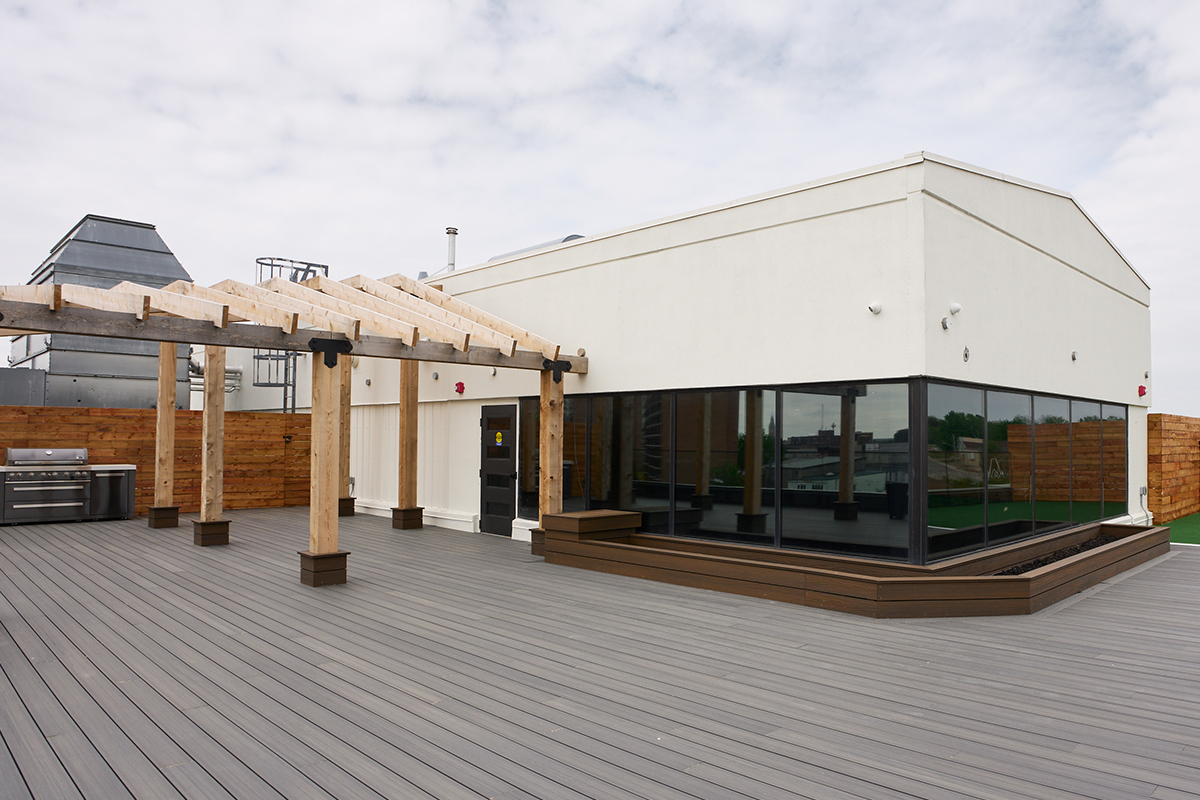
A valuable asset
Twenty of the 38 units will be affordable, with the remainder available as market rentals.
The units will be offered to all 3 First Nations communities, equally.
“These First Nations partners are not just going to be tenants, they're going to be on the other side of the desk gaining the benefit of having a beautiful asset on their balance sheet,” says Frank. “When the asset gains value over time, they gain the value of that as well.”
“How can we do more?”
Rick and Frank could not have wished for a better response from the partners.
“They love it,” says Frank. “They want to know how they can do more.”
“It can help to build multi-generational sustainability and resilient prosperity for their members,” says Rick. “Real estate is pandemic proof, recession proof.”
The 2 have already met with another group who want to duplicate what they saw in Belleville in another part of Ontario.
“We never intended this to be a one-off,” says Rick. “The goal was to build a prototype of how we can all work together. That's our vision, that's our goal.”
KEY FACTS
-
The Federal Lands Initiative is led by CMHC with support from Public Service and Procurement Canada , Infrastructure Canada and Canada Lands Company.
The project also received Seed Funding and was supported by the Affordable Housing Fund.

